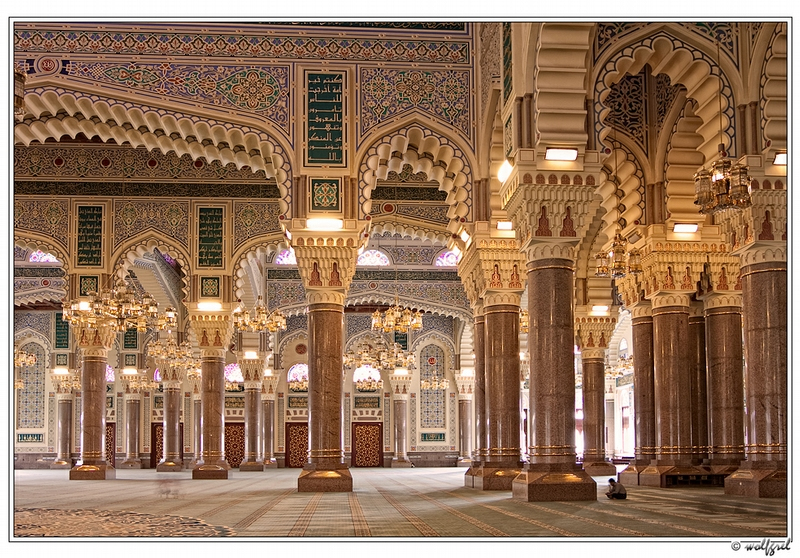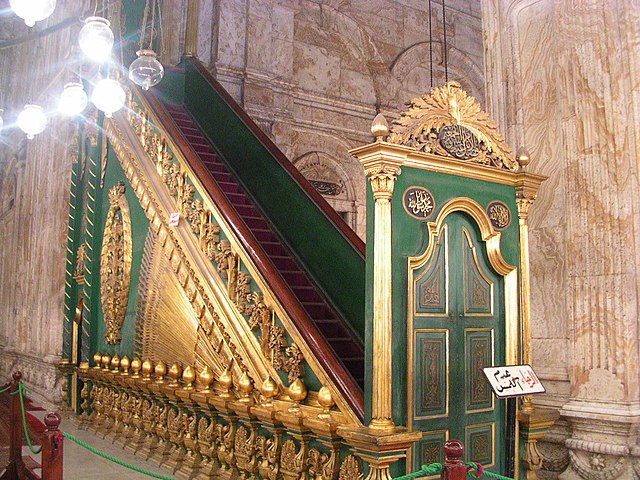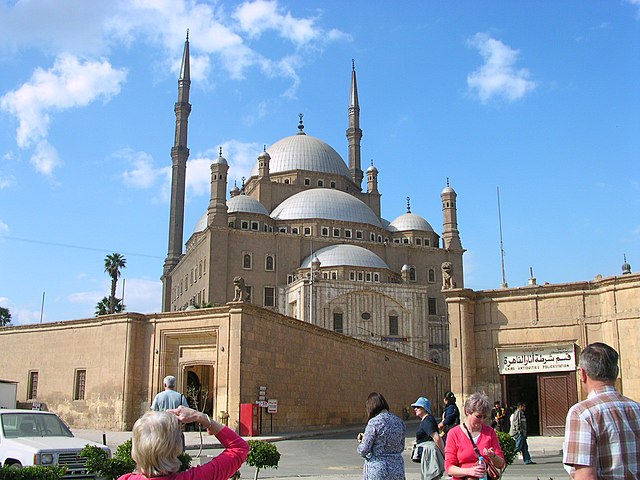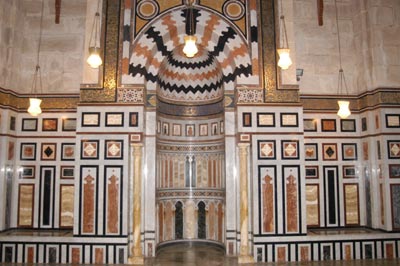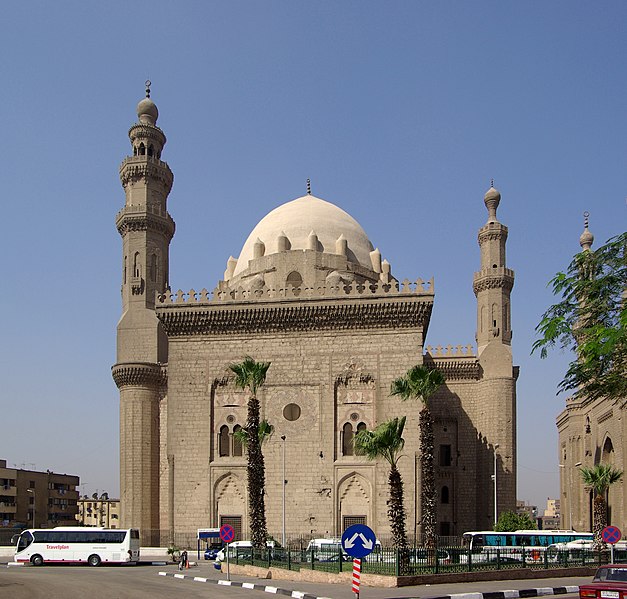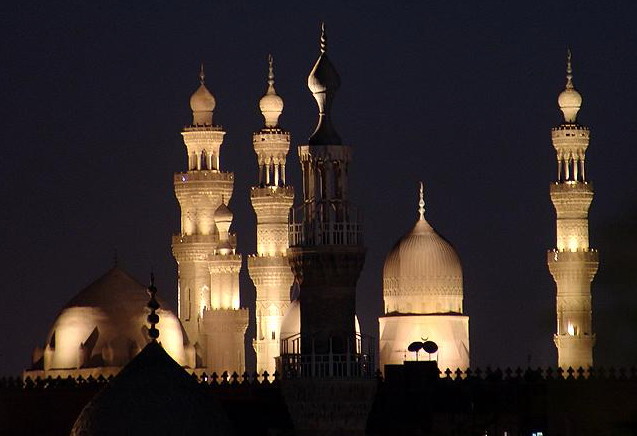BEAUTIFUL MOSQUES OF THE WORLD: PAGE 4
AL SALEH MOSQUE: SANAA YEMEN
 The Saleh Mosque or Al Saleh Mosque is the largest and most modern mosque in Sana'a, Yeman. It lies in the southern outskirts of the city, south of the Al Sabeen Maternal Hospital. Inaugurated in November 2008 by Yemeni President Ali Abdullah Saleh, it is named in his honor. The mosque is 27,300 square metres (294,000 sq ft) in size, has a central hall which is 13,596 square metres (146,350 sq ft) with an occupancy capacity of 44,000. The building cost nearly US$60 million to construct. Open to non-Muslims, the mosque is frequented by tourists, and promotes moderate Islam. Security measures include police and bomb-sniffing dogs.
The Saleh Mosque or Al Saleh Mosque is the largest and most modern mosque in Sana'a, Yeman. It lies in the southern outskirts of the city, south of the Al Sabeen Maternal Hospital. Inaugurated in November 2008 by Yemeni President Ali Abdullah Saleh, it is named in his honor. The mosque is 27,300 square metres (294,000 sq ft) in size, has a central hall which is 13,596 square metres (146,350 sq ft) with an occupancy capacity of 44,000. The building cost nearly US$60 million to construct. Open to non-Muslims, the mosque is frequented by tourists, and promotes moderate Islam. Security measures include police and bomb-sniffing dogs.




